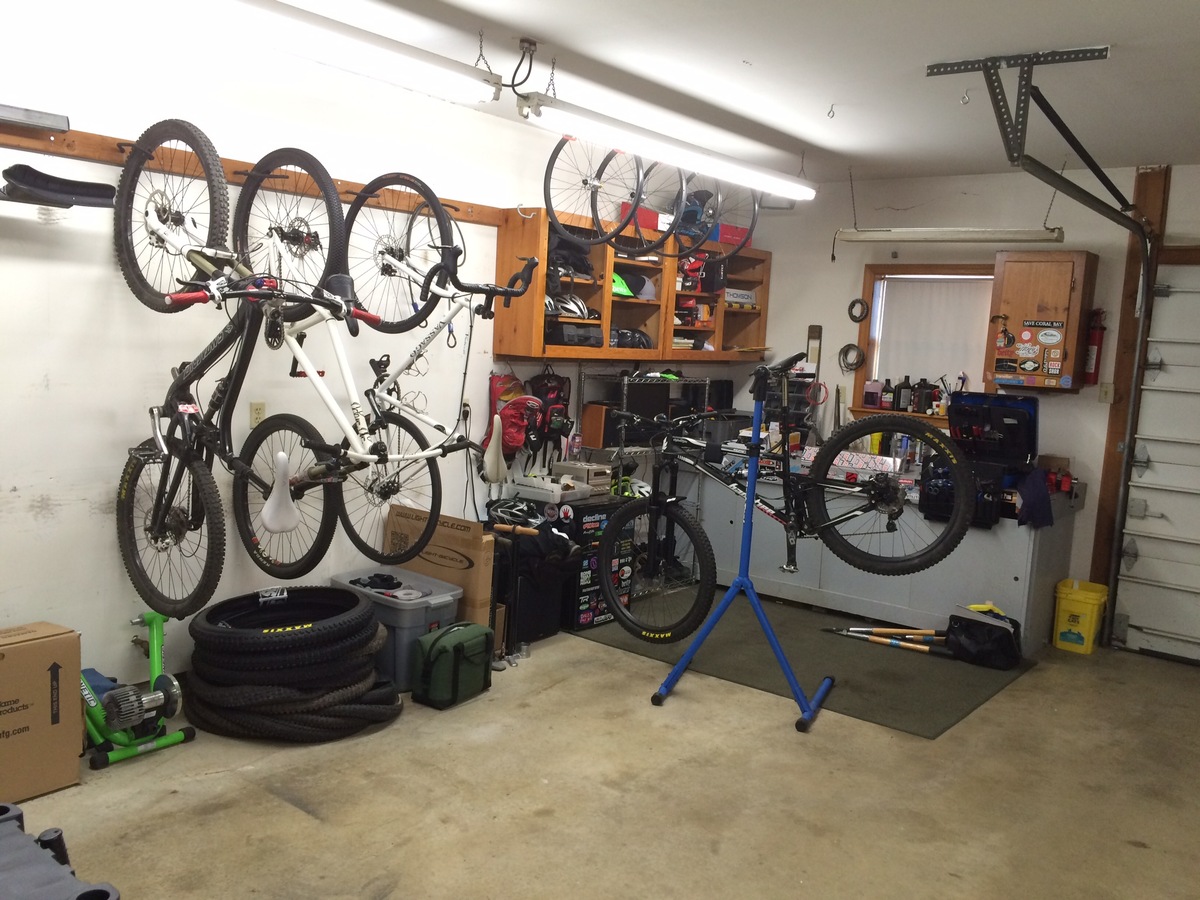

Articles
How To Store Mountain Bike
Modified: January 7, 2024
Learn the best ways to store your mountain bike with these informative articles.
(Many of the links in this article redirect to a specific reviewed product. Your purchase of these products through affiliate links helps to generate commission for Storables.com, at no extra cost. Learn more)
Introduction
When it comes to storing your mountain bike, proper care and maintenance are key to ensuring its longevity and performance. Whether you’re storing your bike during the off-season or if you simply need a safe space to keep it when not in use, having a suitable storage solution is essential.
In this article, we will guide you through the process of storing your mountain bike to preserve its condition and functionality. We will cover important factors to consider when choosing a storage location, cleaning and maintenance steps to take before storage, and various indoor and outdoor storage options.
By following these guidelines, you can rest assured that your mountain bike will be kept in optimal condition, ready to hit the trails whenever you are.
Key Takeaways:
- Proper storage of your mountain bike is crucial for maintaining its performance and longevity. Choose a suitable location, clean and maintain the bike, and use storage racks to ensure its optimal condition.
- Whether storing your bike indoors or outdoors, taking care during long-term storage is essential. Follow maintenance tips, use protective measures, and stay proactive to preserve your mountain bike’s integrity.
Read more: How To Store A Mountain Bike
Choosing the Right Storage Location
When selecting a storage location for your mountain bike, there are a few factors to keep in mind to ensure the safety and preservation of your bike.
1. Climate Control: It’s important to choose a location that offers appropriate climate control. Extreme temperatures and humidity can have detrimental effects on your bike’s components, such as rusting of metal parts or degradation of rubber seals. Ideally, aim for a storage area that maintains a relatively stable temperature and humidity level.
2. Protection from Elements: Your storage location should provide protection against rain, sun exposure, and other weather elements. Exposure to rainwater can lead to rust and damage to sensitive parts, while excessive exposure to sunlight can fade paint and weaken materials over time. If you’re storing your bike outdoors, consider using a weatherproof cover or finding a protected area.
3. Security: Ensuring the security of your bike is crucial, especially if you’re storing it in a shared space or public area. Look for a location that has measures in place to prevent theft, such as secure locks or alarms. If possible, consider storing your bike in a locked shed or garage.
4. Accessibility: You want your bike to be easily accessible whenever you need it. Consider the convenience of accessing your bike from the chosen location. If it’s kept in a hard-to-reach spot, you may be less likely to use it frequently.
5. Space: Evaluate the available space and ensure it is sufficient to accommodate your bike. Ideally, you should have enough room to maneuver the bike for maintenance and repairs, as well as space for any additional accessories or gear.
By taking these factors into consideration, you can select a storage location that will protect your mountain bike from potential damage and ensure its usability in the long run.
Cleaning and Maintenance Before Storage
Before storing your mountain bike, it’s important to give it a thorough cleaning and perform some basic maintenance tasks. This will not only help preserve the condition of your bike but also ensure that it’s ready to ride when you take it out of storage.
1. Clean the Bike: Start by cleaning your bike to remove dirt, mud, and debris. Use a gentle bike cleaner or mild detergent along with a soft brush or sponge to scrub the frame, wheels, and other components. Pay special attention to hard-to-reach areas, such as the drivetrain and brakes. Rinse thoroughly with water but avoid using a high-pressure hose, as it can force water into sensitive parts.
2. Dry Thoroughly: After cleaning, make sure to dry your bike thoroughly to prevent any moisture from causing damage during storage. Use a clean, dry cloth to towel off any remaining water, and allow the bike to air dry completely before proceeding to the next step.
3. Lubricate the Chain and Moving Parts: Apply a generous amount of bicycle-specific chain lubricant to the chain and other moving parts, such as the derailleur, pedals, and brake pivots. This will help prevent rust and keep the components functioning smoothly. Be sure to wipe off any excess lubricant to avoid attracting dirt and grime.
4. Check and Adjust Tire Pressure: Before storing your mountain bike, check the tire pressure and inflate or deflate as needed to the recommended levels. This will help prevent flat spots from forming on the tires and maintain optimal performance when you’re ready to ride again.
5. Inspect for Damage: Take a close look at your bike and inspect it for any signs of damage or wear. Check the frame for cracks, the fork for any leaks or damage, and the brakes and gears for proper functionality. Address any issues before storing your bike to prevent further damage.
6. Remove Accessories: If your mountain bike has any removable accessories, such as lights, bottle cages, or bike computers, consider taking them off before storage. This will prevent them from getting lost or damaged and make it easier to clean and maintain your bike.
By following these cleaning and maintenance steps, you can ensure that your mountain bike is in optimal condition before it goes into storage. This will help extend its lifespan and minimize the need for repairs or maintenance when you’re ready to hit the trails again.
Preparing the Bike for Storage
Once you have cleaned and performed basic maintenance on your mountain bike, it’s time to prepare it for storage. These steps will help protect your bike and keep it in optimal condition during its time in storage.
1. Remove the Wheels: One effective way to save space and reduce the risk of damage during storage is by removing the wheels. This also helps prevent the tires from developing flat spots. Store the wheels separately, either hanging them or placing them in wheel bags, if available.
2. Protect the Frame and Components: To safeguard your bike’s frame and delicate components, consider using frame protectors or foam padding. Apply these protective materials to areas that may come in contact with other objects or surfaces during storage. This will help prevent scratches, dings, and other damages.
3. Elevate the Bike: If you’re storing your mountain bike on the ground, it’s a good idea to elevate it to avoid moisture buildup and potential damage. You can use a bike stand or even suspend the bike from the ceiling using hooks or pulleys. This will help keep the bike off the floor and minimize the risk of accidental bumps or knocks.
4. Secure Loose Parts: Before storing your bike, secure any loose parts to prevent them from becoming damaged or misplaced. Double-check that accessories like water bottle cages, saddlebags, or bike computers are firmly attached. Consider using zip ties or Velcro straps to keep things in place.
5. Cover the Bike: Whether you’re storing your bike indoors or outdoors, it’s a good idea to cover it to protect it from dust, debris, and other environmental elements. Invest in a bike cover specifically designed for mountain bikes or use a large, breathable cloth or tarp to shield your bike.
6. Maintain Proper Ventilation: If you’re storing your mountain bike indoors, ensure there is adequate ventilation to prevent the buildup of moisture. Good airflow can help prevent the growth of mold or mildew, which can damage your bike’s components over time.
By taking these steps to prepare your mountain bike for storage, you can ensure that it remains protected and in excellent condition until you’re ready to hit the trails again. Proper preparation goes a long way in preserving the longevity and performance of your bike.
Storing the Bike Indoors
Storing your mountain bike indoors provides an extra layer of protection against the elements and potential theft. Here are some tips on how to store your bike indoors:
1. Find a Dedicated Space: Designate a specific area in your home or garage to store your mountain bike. This should be a clean, dry, and well-ventilated space where the bike won’t be in the way or at risk of being bumped or knocked over.
2. Use a Bike Rack or Stand: Invest in a bike rack or stand to help organize and securely hold your bike. There are various options available, such as floor racks, wall-mounted racks, and ceiling-mounted pulley systems. Choose the one that best suits your available space and bike storage needs.
3. Hang the Bike: Hanging your bike from a wall-mounted rack or hooks is an effective way to save space and prevent any potential damage. Make sure to use a sturdy rack or hooks specifically designed for bikes to ensure stability and support.
4. Store Horizontally: If you prefer not to hang your bike, you can store it horizontally on a floor rack or stand. This is suitable for bikes with a step-through frame or if you have limited wall space. Make sure the bike is stable and won’t topple over.
5. Protect the Bike: Place a soft cloth or foam padding between the bike and the storage rack or wall to prevent any scratches or damage. This is especially important if you’re hanging the bike, as it may come into contact with the rack or wall.
6. Keep it Clean: Regularly clean and dust your bike while it’s in storage to prevent the buildup of dirt and grime. Use a soft cloth or brush to wipe down the frame and components, and ensure that the drivetrain remains lubricated.
7. Check Tire Pressure: Periodically check the tire pressure and inflate or deflate as needed to maintain the desired level. This will help prevent flat spots and ensure that the tires are ready to ride when you take your bike out of storage.
Storing your mountain bike indoors helps to keep it protected from the elements and in a secure location. By following these tips, you can ensure that your bike remains in excellent condition while being conveniently stored inside your home or garage.
When storing a mountain bike, make sure to clean and lubricate the chain, remove the wheels for better storage, and keep the bike in a dry and cool place to prevent rust and damage.
Read more: How To Store A Bike
Storing the Bike Outdoors
Storing your mountain bike outdoors requires extra precautions to protect it from the elements and potential theft. Here are some tips to consider when storing your bike outside:
1. Choose a Sheltered Area: Look for a sheltered spot in your yard or patio to keep your bike. Opt for an area that is protected from direct sunlight and rain, such as under a covered porch, awning, or pergola. This will help minimize exposure to harsh weather conditions.
2. Use a Weatherproof Cover: Invest in a high-quality weatherproof cover specifically designed for bicycles. A good cover will protect your bike from rain, UV rays, and dust. Make sure the cover fits snugly and is secured tightly to prevent it from blowing off in strong winds.
3. Lock it Up: It’s crucial to secure your bike outdoors to deter theft. Use a sturdy bike lock to secure the frame and wheels to a fixed object, such as a sturdy post or bike rack. Consider investing in a heavy-duty lock that is difficult to cut or tamper with.
4. Keep the Bike Elevated: If possible, store your bike off the ground to prevent moisture buildup and potential damage. You can use a bicycle storage rack or hooks attached to a wall or shed to keep the bike elevated. This will also help save space.
5. Lubricate the Chain: Apply a generous amount of lubricant to the chain and other moving parts. This will help prevent rust and keep the components functioning smoothly, even under outdoor storage conditions. Be sure to wipe off any excess lubricant to avoid attracting dirt and debris.
6. Regularly Inspect and Clean: Routinely inspect your bike for any signs of damage, particularly if it’s stored outdoors. Check for cracks in the frame, rust on the components, and damage to the tires. Clean your bike regularly, using a gentle bike cleaner and water to remove any dirt or grime that may have accumulated.
7. Consider Storage Accessories: Use additional storage accessories, such as a bike cover lock or an alarm system, to provide an extra layer of security. These accessories can help deter theft attempts and ensure the safety of your bike while stored outdoors.
Storing your mountain bike outdoors requires vigilance and proper protection to keep it safe from the elements and potential theft. Remember to regularly inspect and maintain your bike while it’s stored to ensure it remains in good condition for future rides.
Using Bike Storage Racks
Bike storage racks are a convenient and efficient way to organize and store your mountain bike. They provide a dedicated space for your bike, keeping it secure and easily accessible. Here are some tips on using bike storage racks:
1. Select the Right Rack: There are various types of bike storage racks available, including floor racks, wall-mounted racks, and ceiling-mounted pulley systems. Consider the space you have available, the number of bikes you need to store, and your personal preference when choosing a rack.
2. Floor Racks: Floor racks are freestanding and can accommodate multiple bikes. They are stable and easy to use, making them a popular choice for households with multiple riders. Make sure the rack is stable and has rubberized feet to prevent shifting or scratching the floor surface.
3. Wall-Mounted Racks: Wall-mounted racks are an excellent option for saving space, especially in small garages or apartments. They securely hold the bike against the wall, either horizontally or vertically. Make sure to mount the rack to a solid wall stud or use sturdy wall anchors for added stability.
4. Ceiling-Mounted Pulley Systems: Ceiling-mounted pulley systems are ideal for utilizing vertical space. They allow you to store your bike up and out of the way, suspended from the ceiling. These systems typically use pulleys and ropes or straps to lift and lower the bike. Ensure that the overhead structure can support the weight of your bike.
5. Properly Install the Rack: Follow the manufacturer’s instructions carefully when installing the bike storage rack. Use the appropriate tools and hardware to securely fasten the rack to the desired location. Double-check that the rack is properly leveled and stable before storing your bike.
6. Positioning the Bike: When placing your bike on the storage rack, position it carefully to prevent any unnecessary stress on the components. Ensure that the bike is securely held by the rack and that there is no risk of it slipping or falling. If using a wall-mounted rack, consider using additional wheel hooks or straps for added stability.
7. Maintenance and Inspection: Regularly inspect and maintain your bike while it is stored on the rack. Check the tire pressure, lubricate the chain and moving parts as needed, and visually inspect the frame and components for any signs of damage or wear. This will help keep your bike in good condition and ready to ride.
By using bike storage racks, you can efficiently store your mountain bike while ensuring its security and accessibility. Choose the right rack for your needs and follow proper installation and maintenance practices to maximize the benefits of using a bike storage rack.
Tips for Long-Term Storage
If you plan to store your mountain bike for an extended period of time, such as during the off-season or when you won’t be riding for several months, there are some additional steps you can take to ensure its optimal condition. Here are some tips for long-term storage:
1. Thoroughly Clean and Dry: Before storing your bike, make sure it is thoroughly cleaned and dried. Remove any dirt, mud, or debris from the frame, components, and drivetrain. This will help prevent the buildup of grime and corrosion during the storage period.
2. Apply a Protective Wax or Polish: Applying a thin layer of wax or polish to the frame can provide an extra layer of protection against moisture and environmental elements. Choose a product specifically designed for bicycles and follow the manufacturer’s instructions for application.
3. Remove the Batteries: If your mountain bike has any electronic components or accessories with removable batteries, such as lights or bike computers, it’s important to remove the batteries before storage. This will help prevent any potential damage from battery leakage, which can be corrosive.
4. Store in a Cool and Dry Place: Find a storage area that maintains a stable temperature and low humidity. Excessive heat and humidity can accelerate the deterioration of components, leading to rust and degradation. Avoid storing your bike in areas prone to extreme temperature fluctuations or high humidity levels.
5. Elevate the Bike Tires: To prevent flat spots from forming on your tires over long periods of inactivity, slightly elevate the bike by lifting it off the ground. This can be done using a bike stand, a wooden block, or even suspending the bike from the ceiling.
6. Check and Reapply Lubrication: Over time, lubrication on moving parts may break down. Before storing your bike, check the lubrication levels on the chain and other components. If necessary, reapply lubricant to ensure the moving parts are protected from corrosion and remain properly lubricated during storage.
7. Periodically Rotate and Inspect: If possible, periodically rotate the wheels to prevent flat spots and relieve stress on the tires. Additionally, take the opportunity to inspect your bike for any signs of damage or wear. Address any issues promptly to prevent further damage.
8. Secure Storage Area: Ensure that your storage area is secure and inaccessible to unauthorized individuals. If storing your bike in a shared space or communal area, consider using additional locks or security measures to prevent theft or tampering.
By following these tips for long-term storage, you can help preserve the condition of your mountain bike and ensure that it’s ready for your next adventure when you retrieve it from storage.
Conclusion
Proper storage of your mountain bike is essential for maintaining its performance, longevity, and overall condition. By choosing the right storage location, cleaning and maintaining the bike before storage, and taking the necessary steps to prepare it for storage, you can ensure that your bike stays in top shape during its time off the trails.
Whether you’re storing your bike indoors or outdoors, using bike storage racks or other storage solutions, taking care of your bike during long-term storage, or following the tips for maintaining your bike’s optimal condition, each step plays a vital role in preserving the integrity of your mountain bike.
Remember to clean your bike thoroughly, lubricate the chain and moving parts, and inspect for any damage or wear before storing it. Choose a suitable storage location that provides climate control, protection from the elements, and security to keep your bike safe.
Using bike storage racks can help you organize your space and ensure that your bike is stored securely. Whether you opt for floor racks, wall-mounted racks, or ceiling-mounted pulley systems, each provides a practical and efficient solution for bike storage.
If you plan on storing your mountain bike for an extended period, taking extra precautions such as applying a protective wax or polish, removing batteries from electronic components, and regularly checking and rotating the tires can help maintain your bike’s pristine condition.
By following these guidelines and staying proactive in your bike storage and maintenance routine, you can ensure that your mountain bike is always ready for your next thrilling adventure. So, take the time to care for your bike properly, and it will reward you with countless enjoyable rides in the future.
Frequently Asked Questions about How To Store Mountain Bike
Was this page helpful?
At Storables.com, we guarantee accurate and reliable information. Our content, validated by Expert Board Contributors, is crafted following stringent Editorial Policies. We're committed to providing you with well-researched, expert-backed insights for all your informational needs.
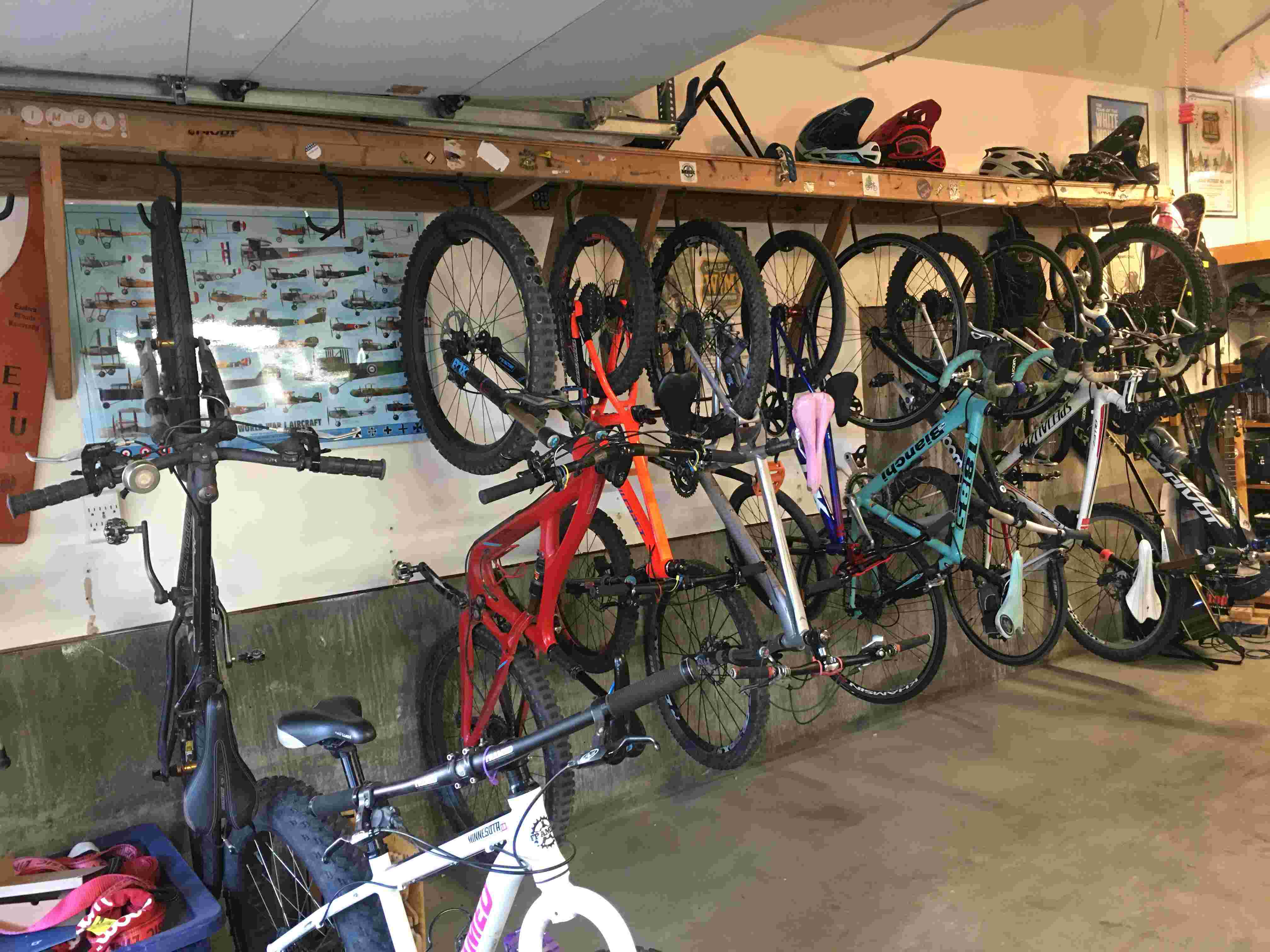

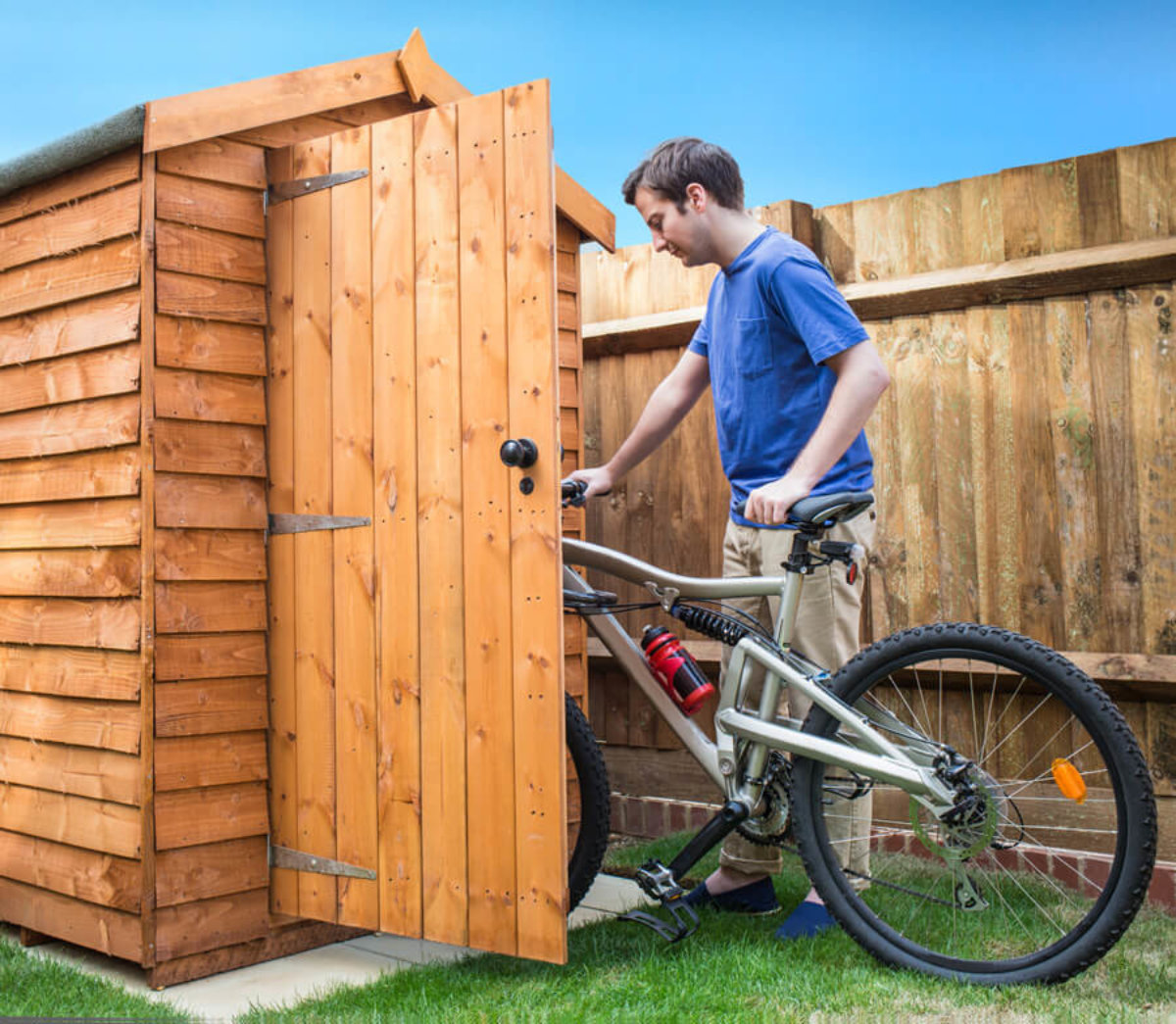

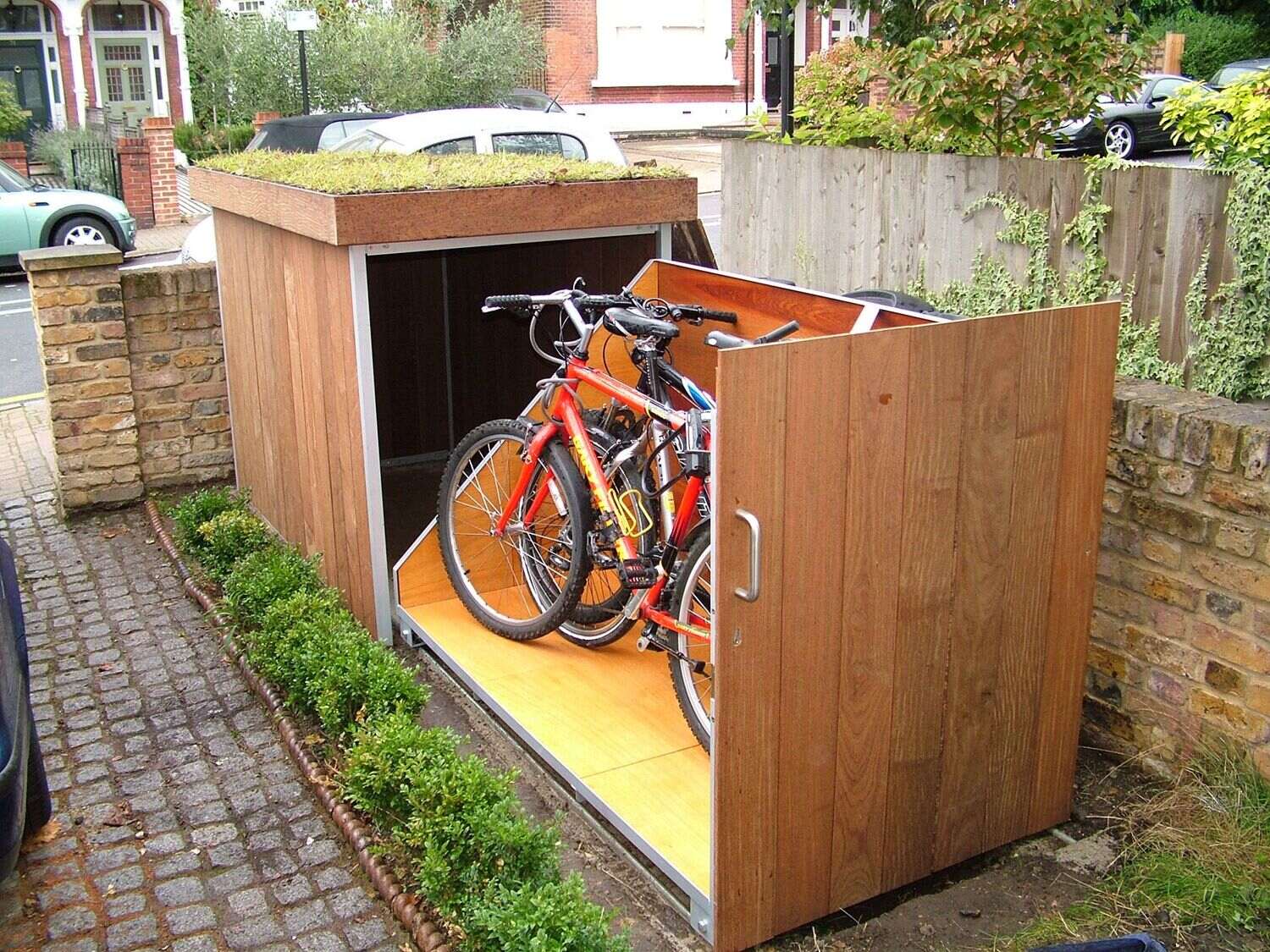
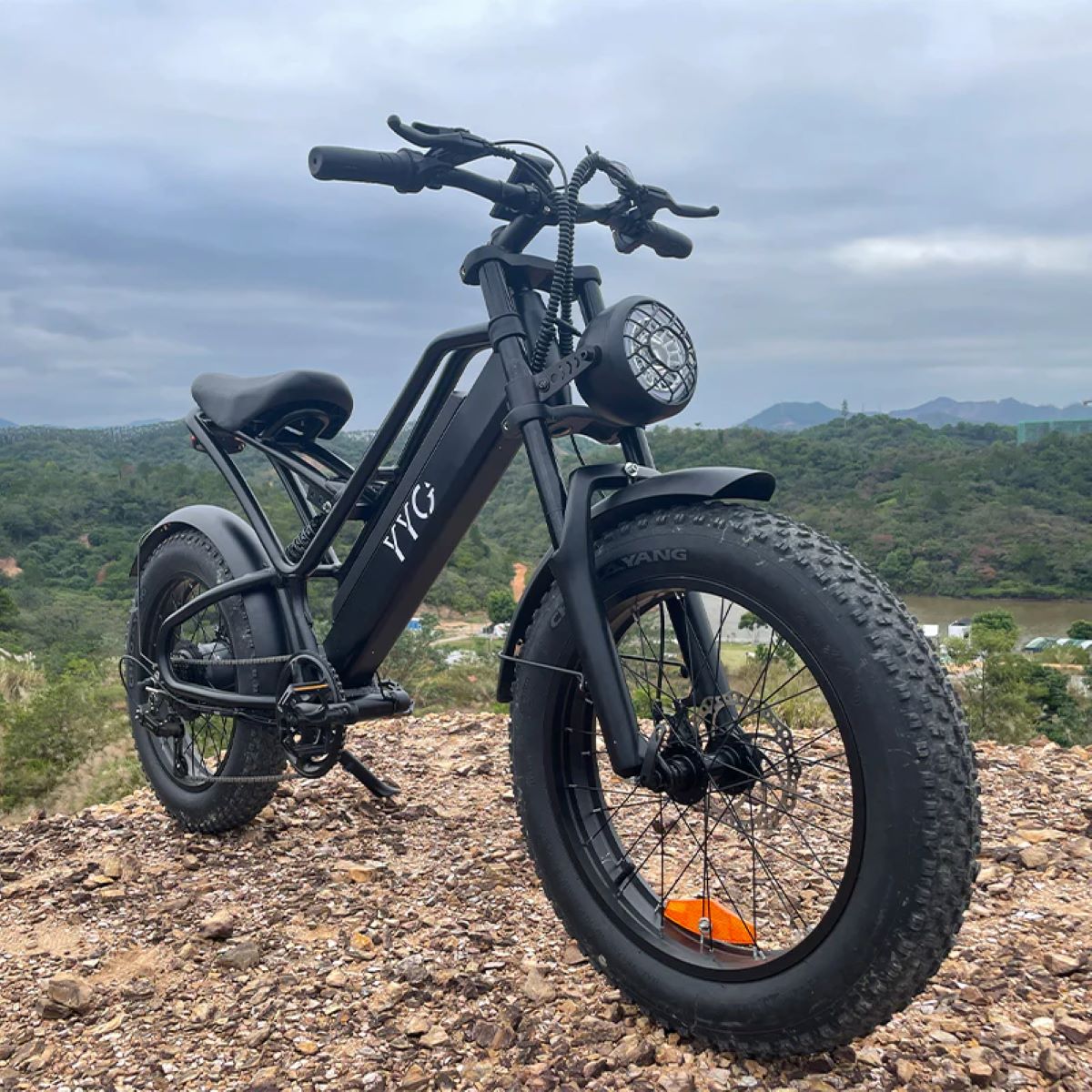
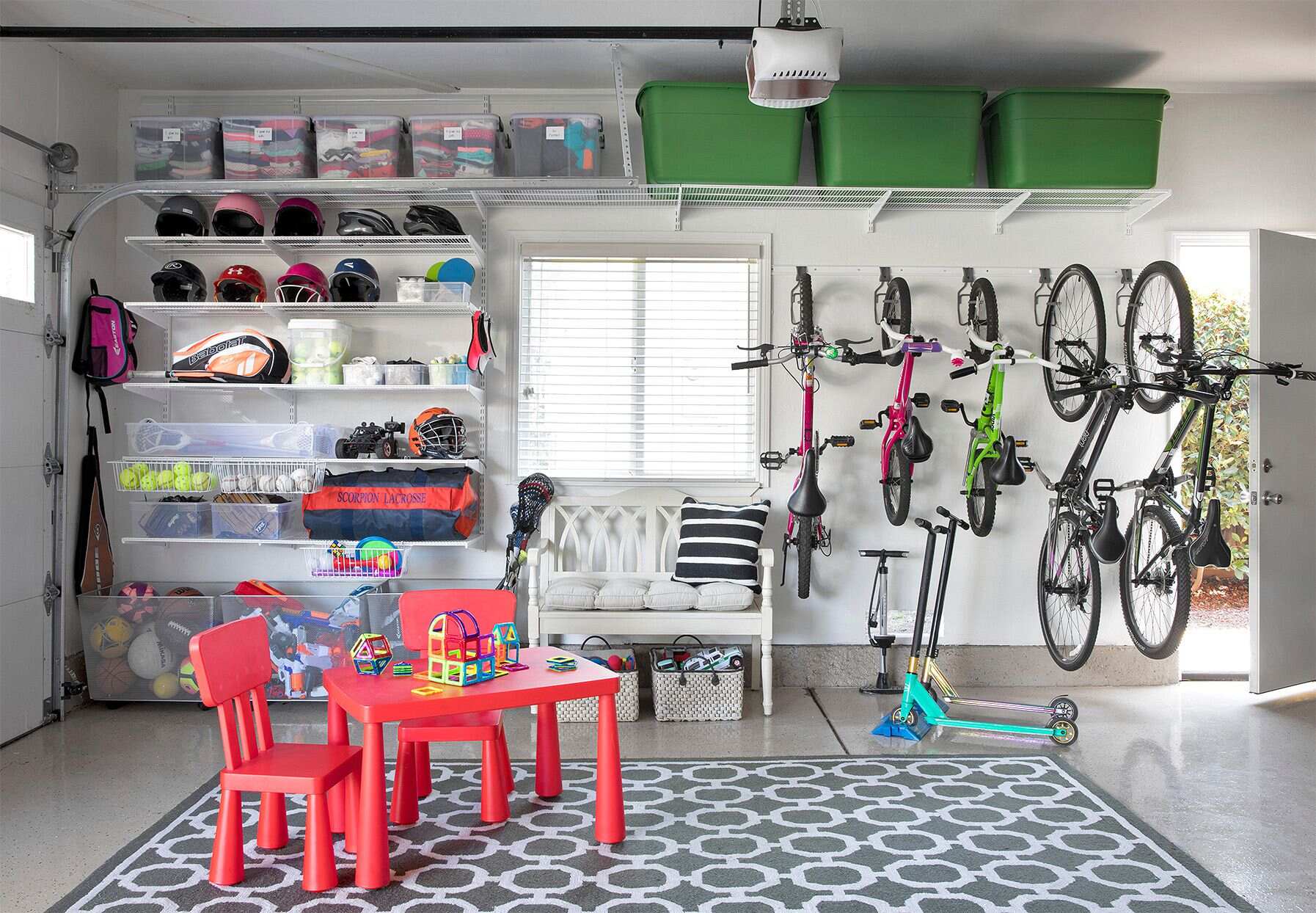
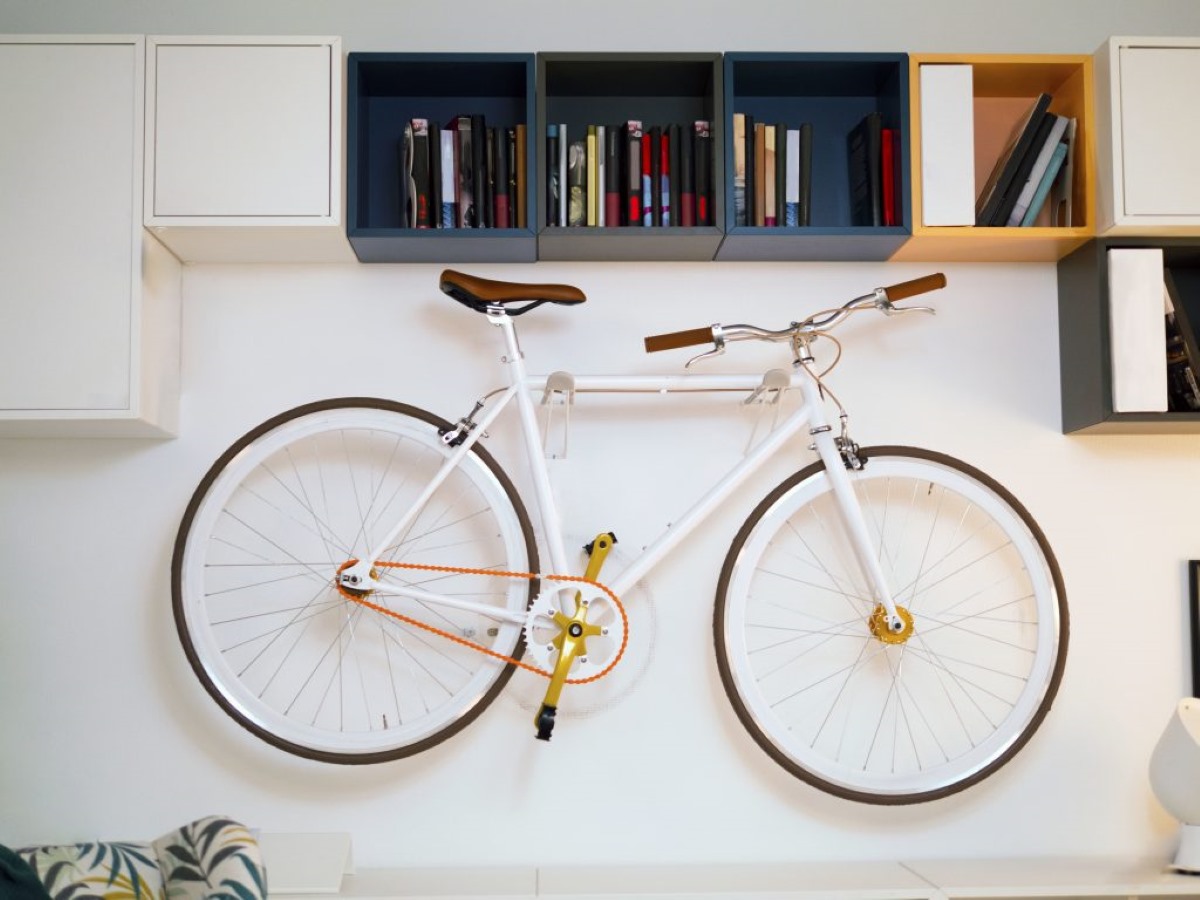
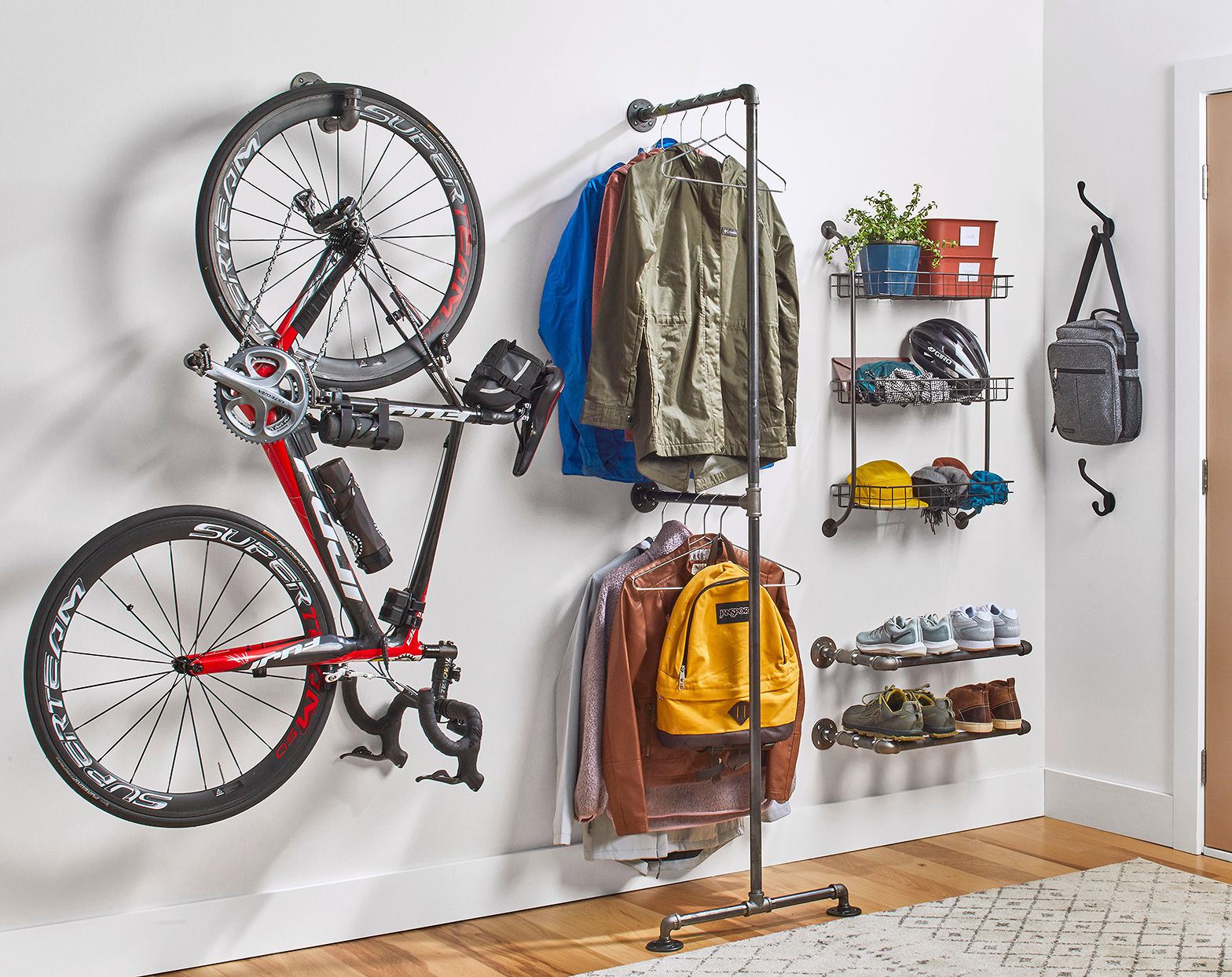
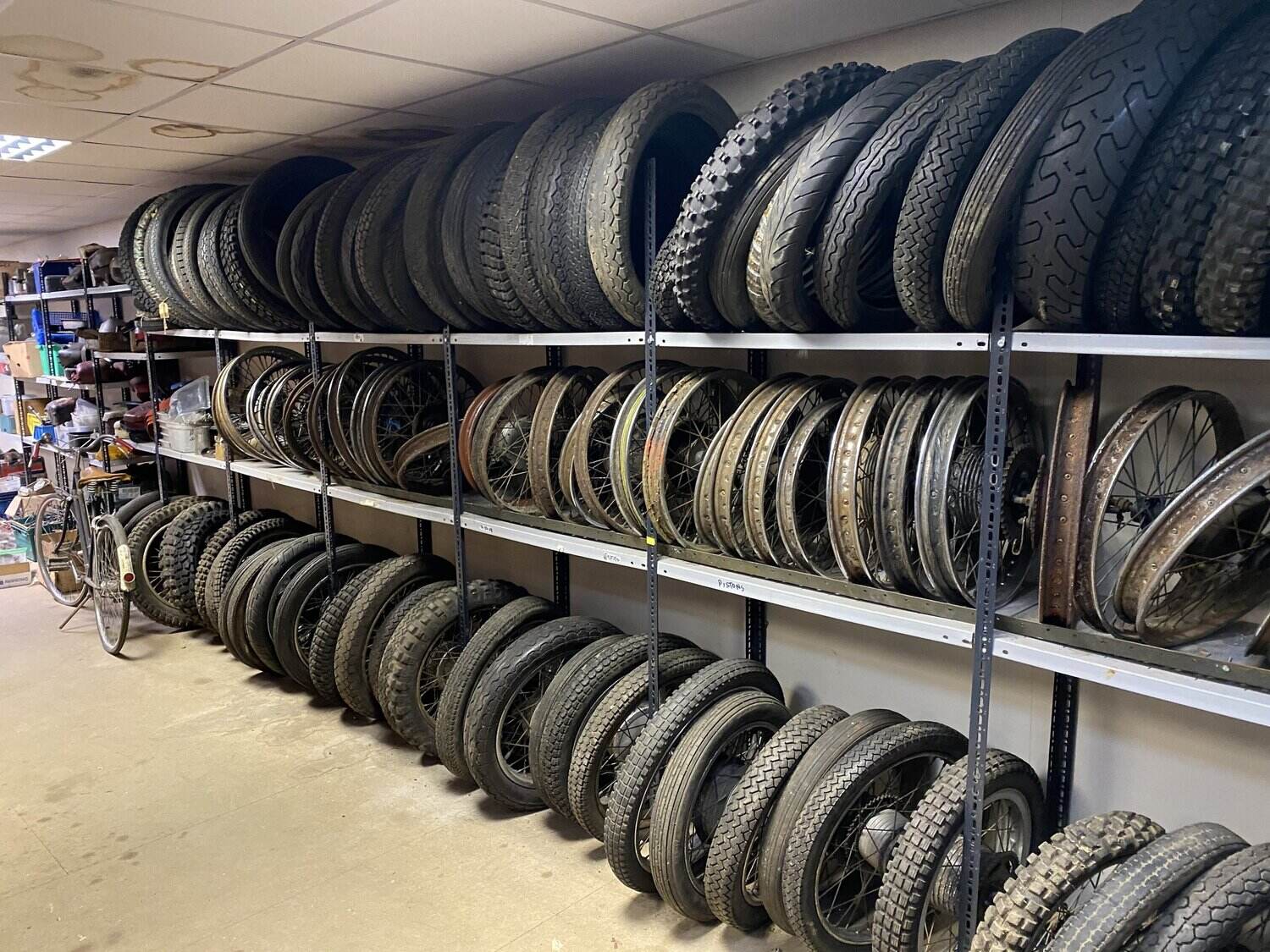
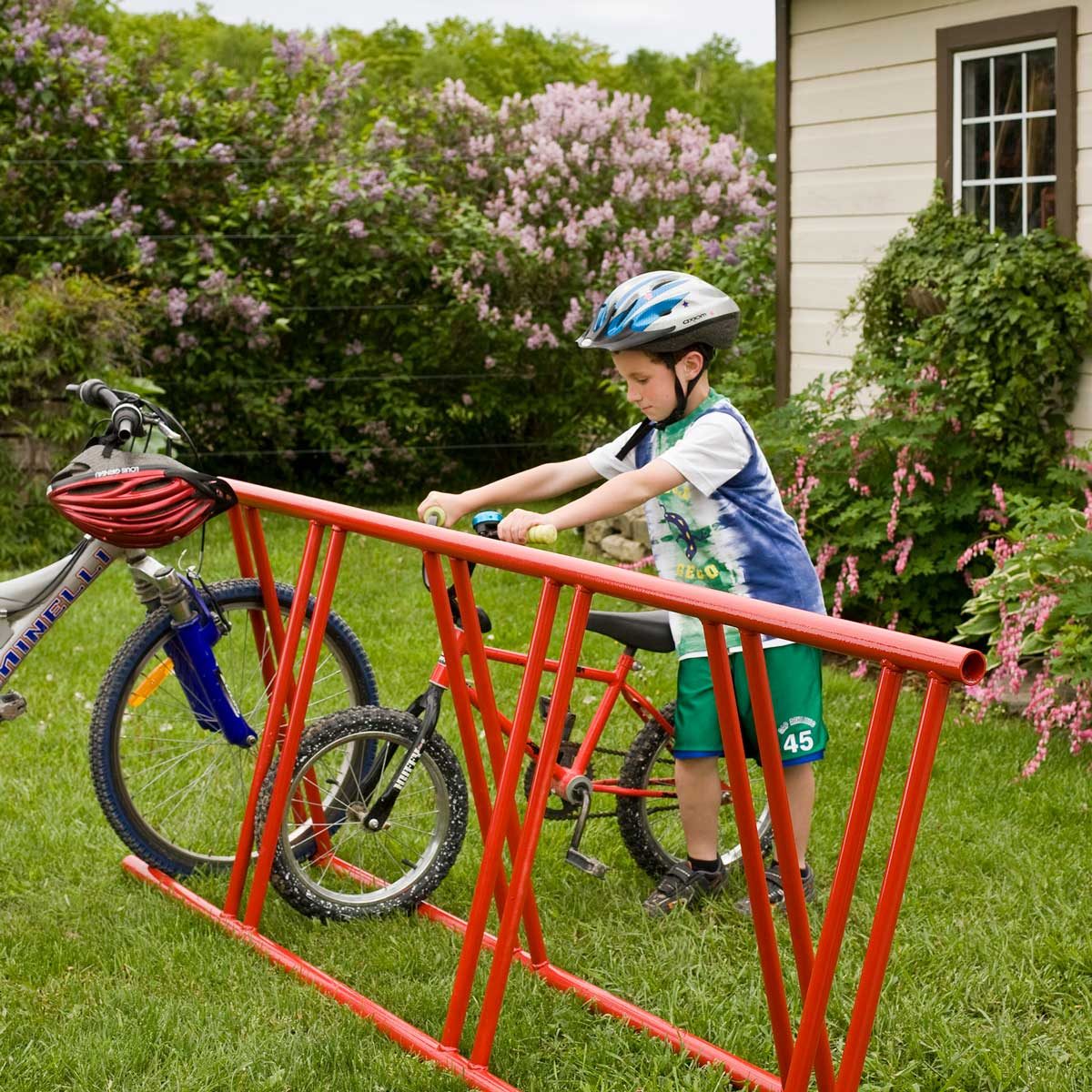
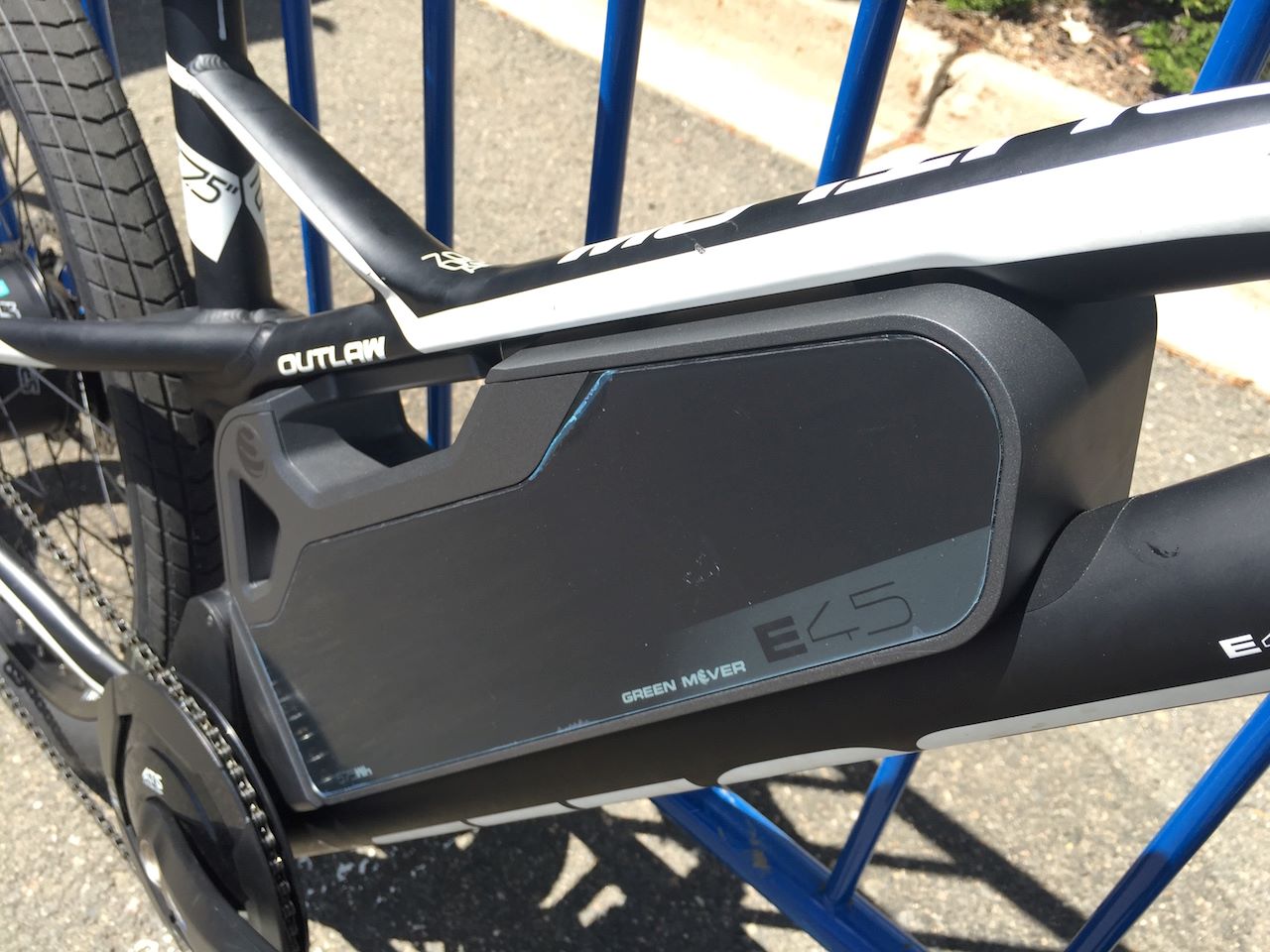
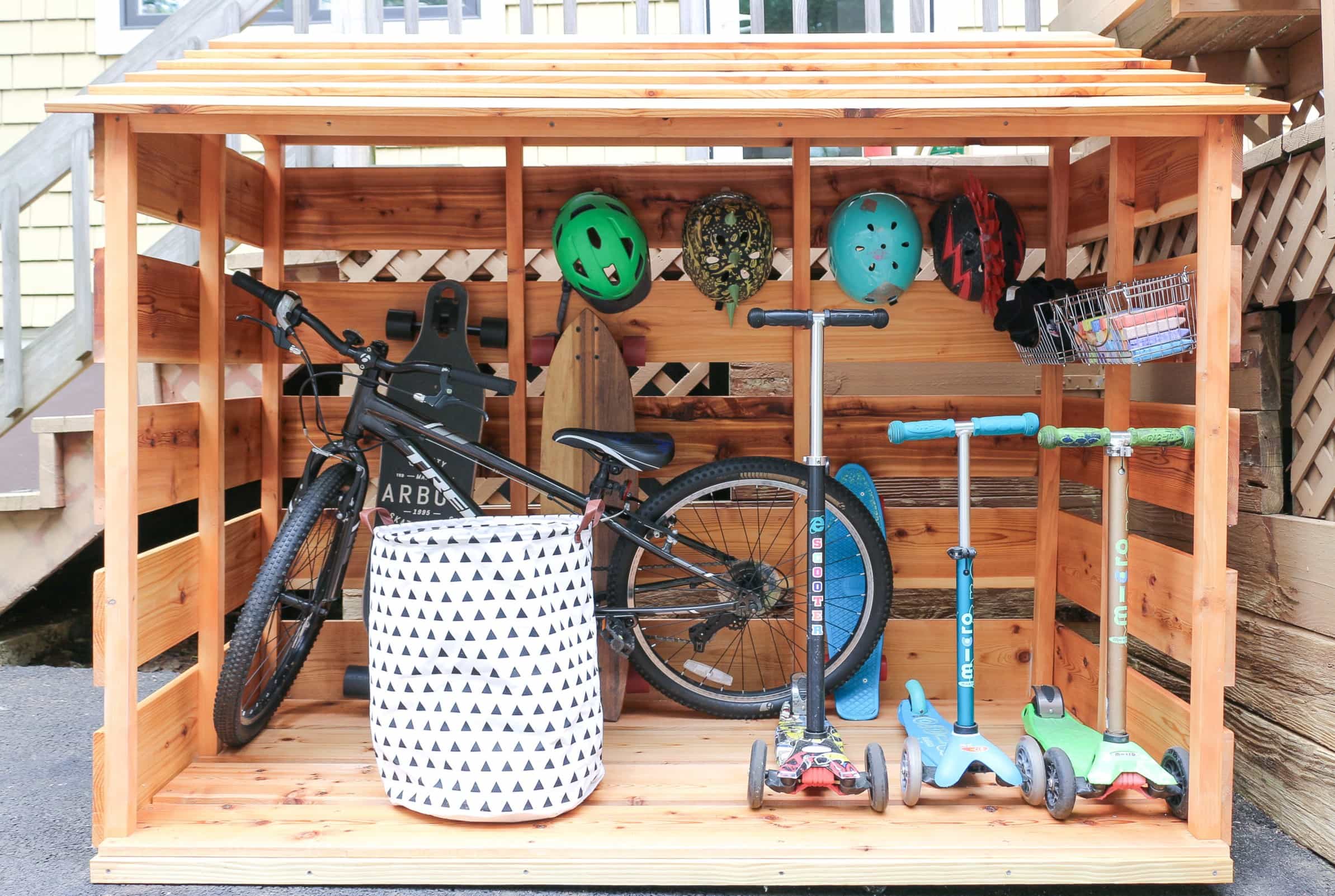
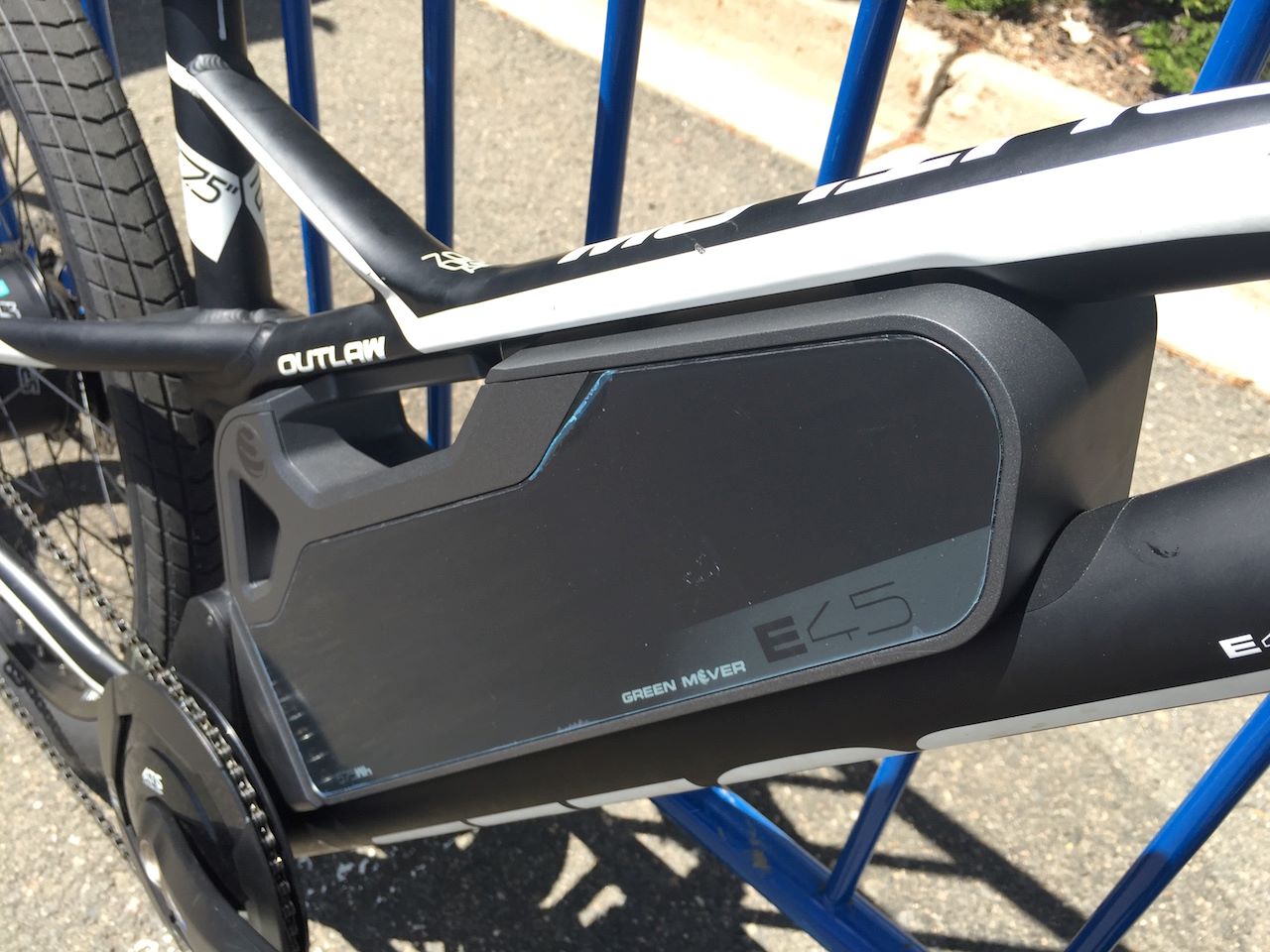

0 thoughts on “How To Store Mountain Bike”